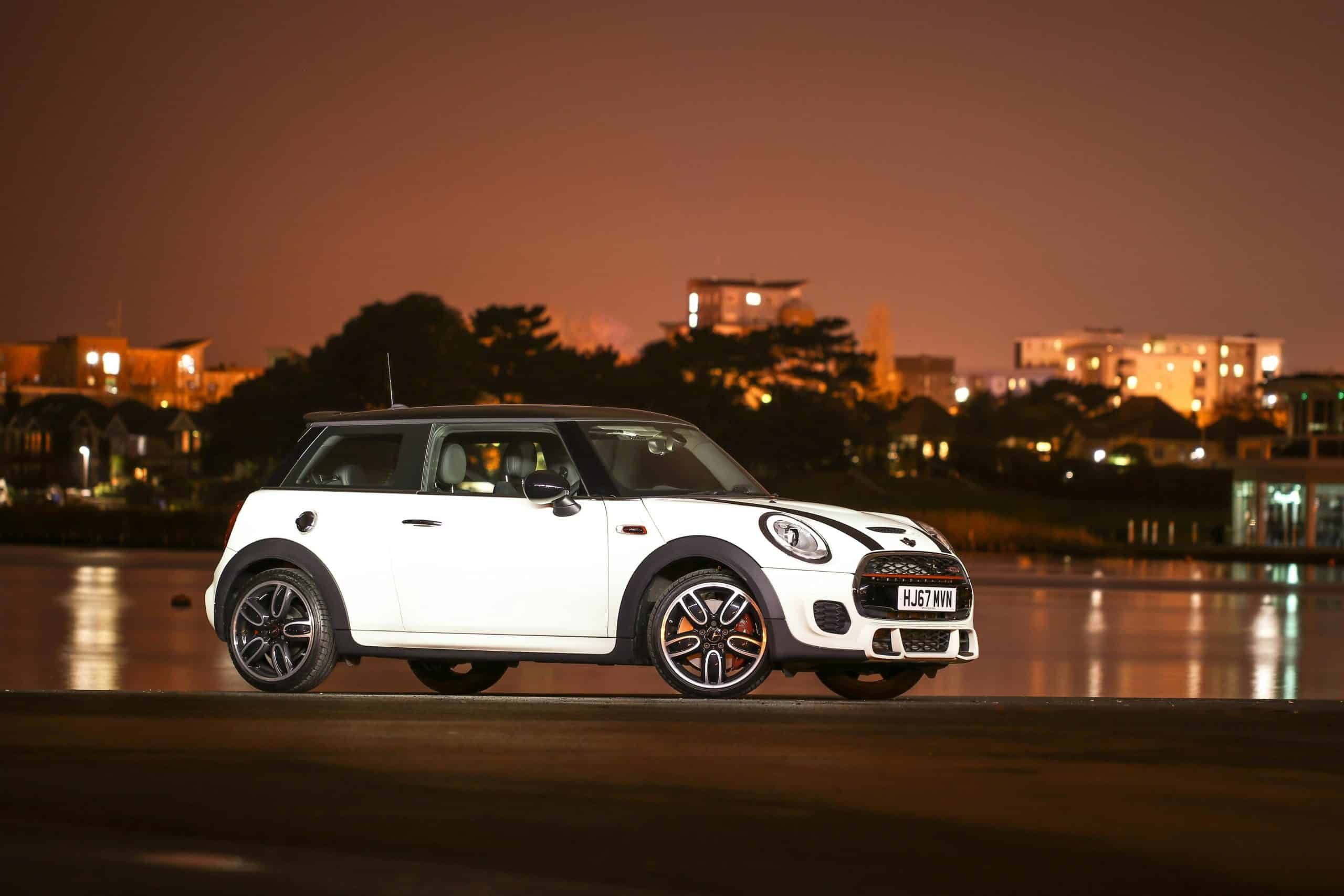When summer heats up, the last thing you want is to get into your classic Mini Cooper and find yourself sweltering. To rectify this, many classic car enthusiasts choose to retrofit a modern air conditioning (AC) system into their older cars. This modification can significantly improve comfort during those long, hot summer drives. But how exactly can you make this upgrade? What goes into the process and what should you be mindful of? In this guide, we’ll take a closer look at these questions, focusing specifically on integrating a modern AC system into a classic Mini Cooper.
Choosing the Right Air Conditioning System
Choosing the right air conditioning system is the first step in your retrofitting journey. It’s crucial to select a system that is compact, efficient, and powerful enough to handle the heat. A HVAC (Heating, Ventilation, and Air Conditioning) system is typically a good fit for most classic cars.
Lire également : Can Installing a Differential Brace on a Ford Mustang Shelby GT350 Reduce Wheel Hop?
HVAC systems transfer heat and humidity outdoors, replacing it with cool, conditioned air. They are compact, energy-efficient, and provide both heating and cooling capabilities. When choosing an HVAC system, pay attention to its BTU (British Thermal Units) rating. The higher the BTU rating is, the more powerful the AC unit is.
For a small car like the Mini Cooper, a unit with a BTU rating of 5,000 to 10,000 should be sufficient. It’s also essential to consider the physical dimensions of the unit to ensure it will fit into your Mini Cooper’s limited space.
Avez-vous vu cela : How to Optimize the Brake Bias on a Caterham 7 for Improved Track Handling?
Designing the System Layout
The next step is to design the system layout. This process involves determining where to place the components of the air conditioning system for optimal performance and comfort. A well-planned design helps ensure efficiency and longevity of your system.
The primary components of an HVAC system are the compressor, condenser, evaporator, and the air handler. The compressor and condenser are typically housed in the outdoor unit, while the evaporator and air handler are part of the indoor unit. In a vehicle like the Mini Cooper, the "outdoor" unit is usually placed in the engine bay, whereas the "indoor" unit goes into the dashboard area.
Since the Mini Cooper’s engine bay and dashboard are relatively small, finding space for these components can be a challenge. Placement should be done in a way that does not interfere with the vehicle’s mechanical components.
Retrofitting the Air Conditioning System
Once you have chosen your air conditioning system and designed its layout, the next step is the actual retrofitting. This is the process of integrating the HVAC system into your Mini Cooper.
This process starts with the installation of the outdoor unit in the engine bay. This involves mounting the compressor and condenser, connecting them to the engine, and creating a circuit for the refrigerant to flow.
Next, the indoor unit is installed into the dashboard. This step includes mounting the evaporator and air handler and connecting them to the outdoor unit. The air handler needs to be connected to the vehicle’s ventilation system so that it can distribute the conditioned air throughout the car.
It’s worth noting that retrofitting an air conditioning system into a Mini Cooper – or any classic car – is a complex task. It requires expertise in auto mechanics, HVAC systems, and often involves custom fabrication work. Unless you have experience in these areas, it’s recommended to have this work done by professionals.
Maintaining Your New Air Conditioning System
Once your air conditioning system is installed, it’s important to maintain it properly to ensure its longevity and performance. Regular maintenance includes cleaning and replacing the air filter, checking the refrigerant levels, and inspecting the system for leaks or damage.
In addition, the system should be checked by a professional at least once a year to ensure it’s functioning optimally. It’s also wise to run your AC system periodically even during the cooler months to keep the system lubricated and prevent seals from drying out.
By carefully choosing, designing, and maintaining your new air conditioning system, you can enjoy a cooler, more comfortable driving experience in your classic Mini Cooper. Remember, the key to a successful retrofit is careful planning and attention to detail. With the right approach, you can enhance your beloved Mini’s comfort without disrupting its classic charm.
Energy Efficiency and Climate Change Considerations
An important consideration when retrofitting an air conditioning system into a classic Mini Cooper is the impact on energy consumption and climate change. An efficient HVAC system can reduce your carbon footprint, contribute to combating global warming, and minimize energy costs.
When choosing an air conditioning system, look for energy-efficient models. Energy efficiency in air conditioners is usually measured by the Seasonal Energy Efficiency Ratio (SEER) and the Energy Efficiency Ratio (EER). Higher SEER and EER ratings indicate more efficient systems.
Mini split systems are renowned for their efficiency. These systems cool only the areas of the car you want, reducing wasted energy. They also use a heat pump, which is significantly more energy-efficient than traditional air conditioning systems.
However, it’s not only the type of air conditioner that affects energy consumption. The way you use it also plays a big part. For instance, setting your thermostat a few degrees higher than usual, using natural ventilation when possible, and regular maintenance can all contribute to lower energy consumption.
When considering climate change, it’s also crucial to choose an air conditioning system using a refrigerant with low Global Warming Potential (GWP). Many modern air conditioners use hydrofluorocarbon (HFC) refrigerants, which have a high GWP. Opt for systems using alternatives like R-32 or R-410A, which have less impact on the environment.
Enhancing Indoor Air Quality
Another critical aspect of retrofitting an air conditioning system is its impact on indoor air quality. A modern AC system can significantly improve the quality of air inside your classic Mini Cooper, making your drives more comfortable and healthier.
HVAC systems can filter out dust, pollen, and other airborne particles, improving the air quality inside the vehicle. Some systems even have built-in air purifiers or ionizers that can remove harmful pollutants from the air.
However, the effectiveness of the air conditioning system in improving indoor air quality depends on regular maintenance. This includes cleaning and replacing filters regularly to ensure they function optimally. Unclean filters can become a breeding ground for bacteria and mold, which can negatively impact air quality.
It’s also key to ensure the air conditioning system is adequately sized for your Mini Cooper. An oversized system may cool the car quickly, but it won’t run long enough to dehumidify the air, leading to a damp, clammy environment. A system that’s too small will struggle to cool and dehumidify the car, resulting in poor air quality.
Conclusion
Retrofitting a modern AC system into a classic Mini Cooper can significantly enhance your summer driving comfort. It involves careful selection of the right air conditioning system, meticulous design of the system layout, and expert installation. But the effort doesn’t stop there. Regular maintenance, energy-efficient use, and attention to indoor air quality are all important for reaping the full benefits of your retrofit. By taking these factors into consideration, you can enjoy a cooler, healthier, and more environmentally friendly drive in your beloved classic Mini Cooper.






